Stan VanDerBeek
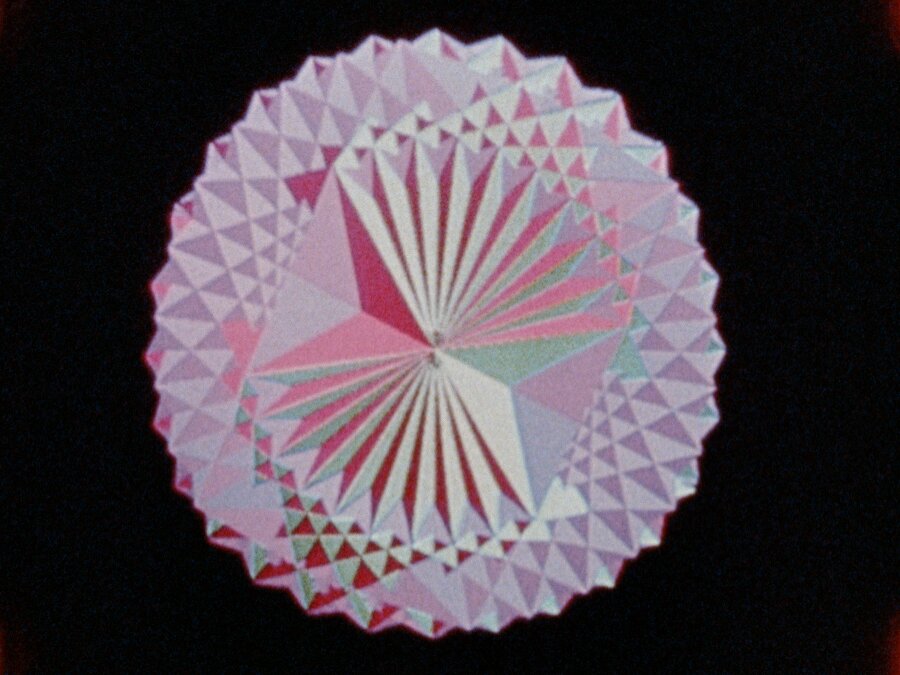
Euclidean Illusions, 1980
16mm film and Digital transfer, color, sound
Edition of 6 plus II AP
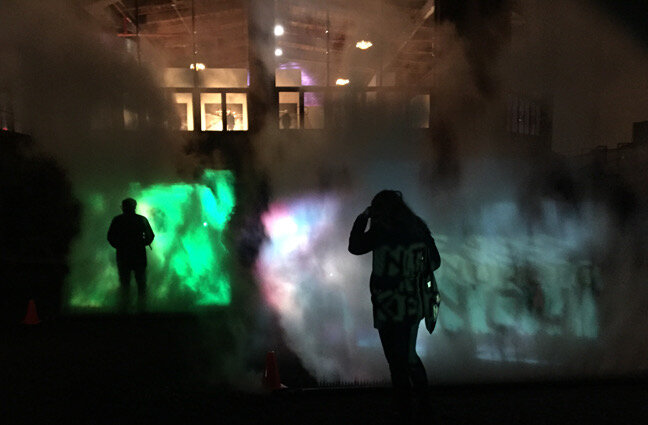
Steam Screens, 1979
Multiple projections onto steam
Edition of 3 plus II AP
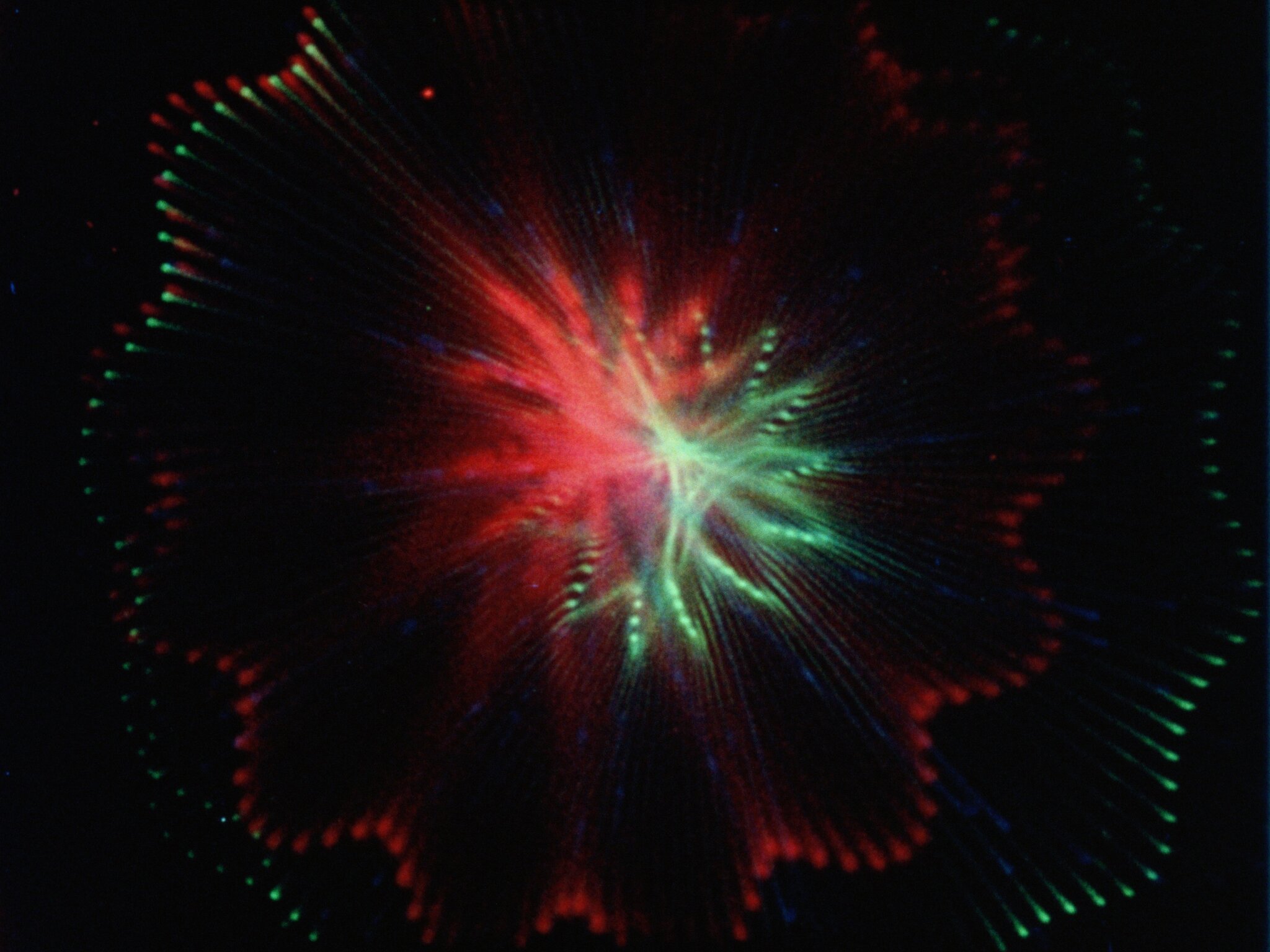
Who Ho Rays No. 1, 1966-1972
16mm film and Digital transfer, color, sound
Edition of 6 plus II AP
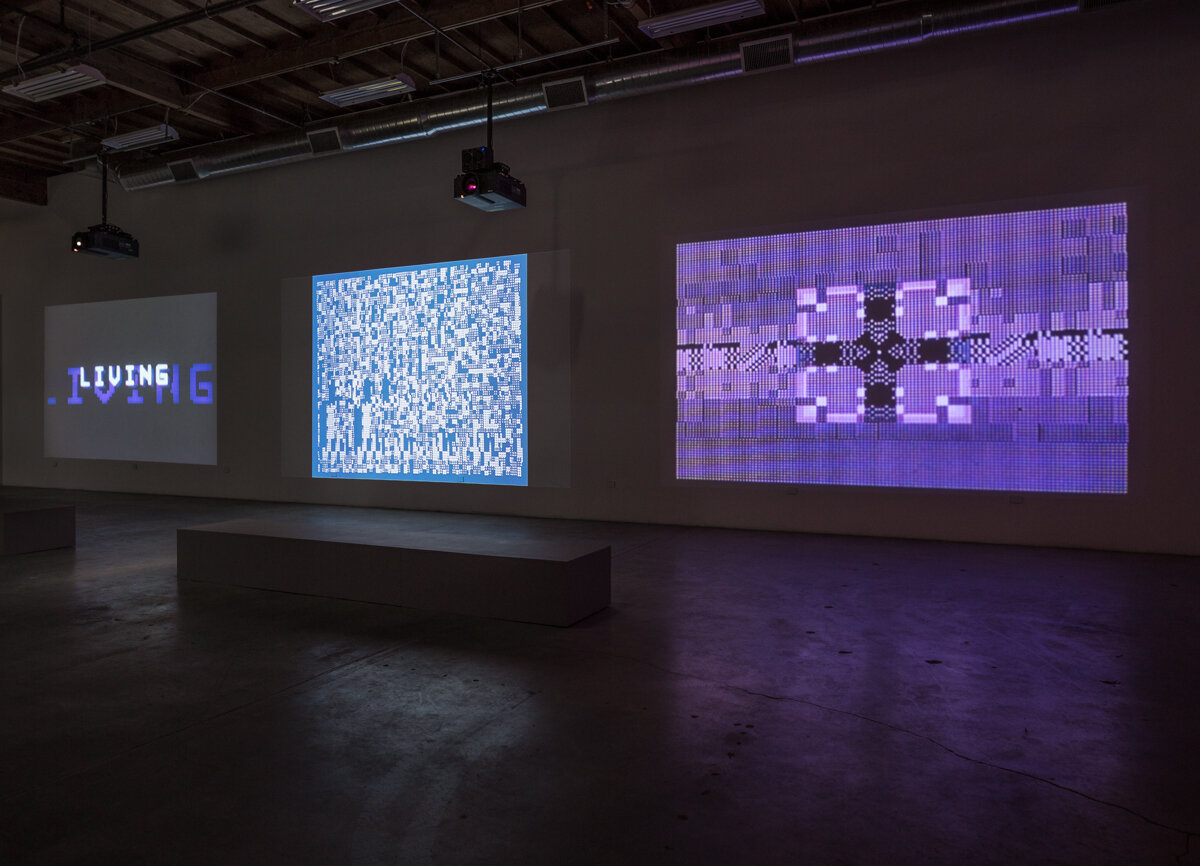
Poemfield Installation, 1967-1971
Installation of six 16mm films and digital transfers, color, sound
Edition of 3 plus II AP
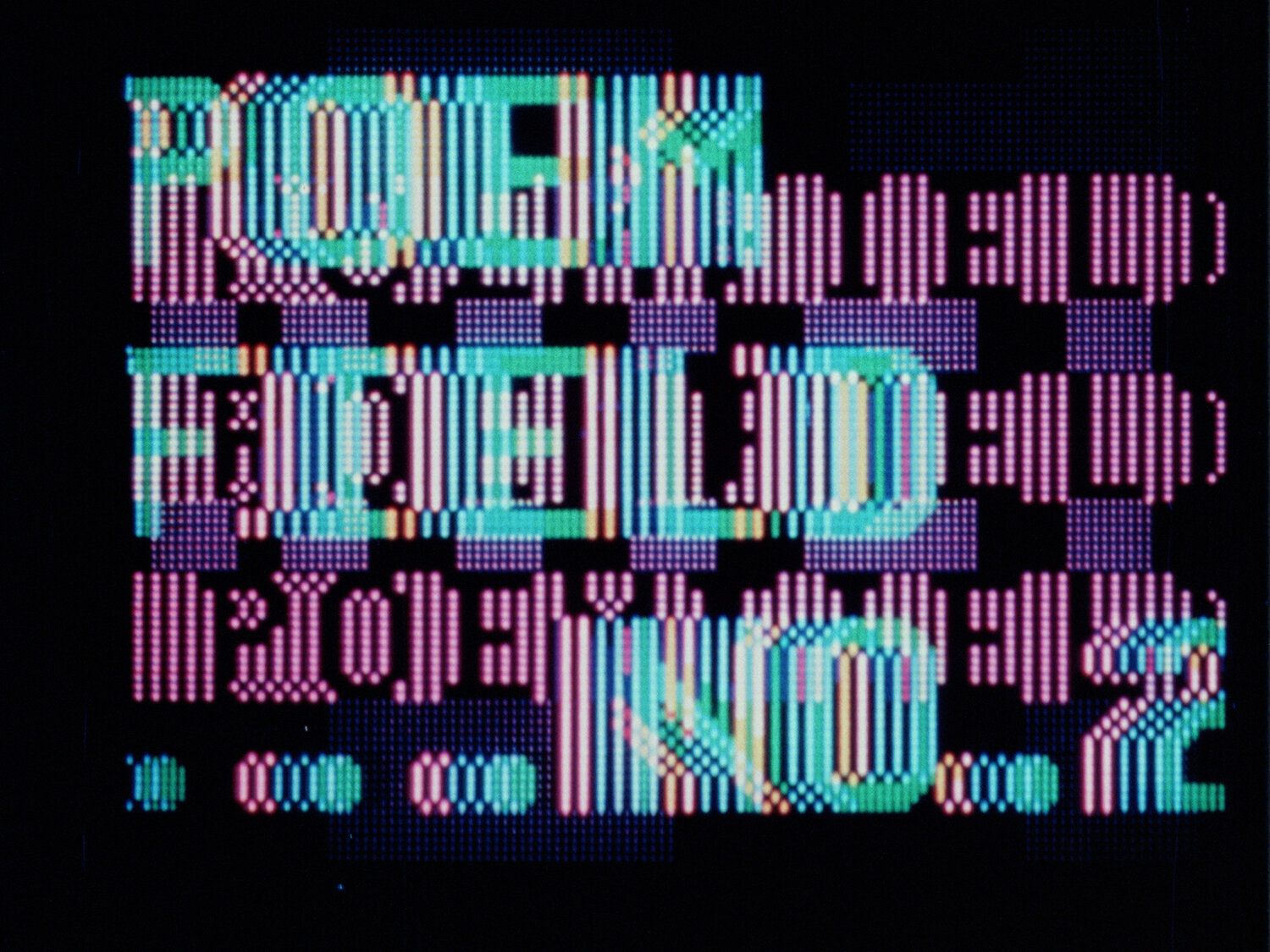
Poemfield No. 2, 1966-1971
16mm film and Digital transfer, color, sound
Realized with Ken Knowlton
Soundtrack: Paul Motian
Edition of 6 plus II AP
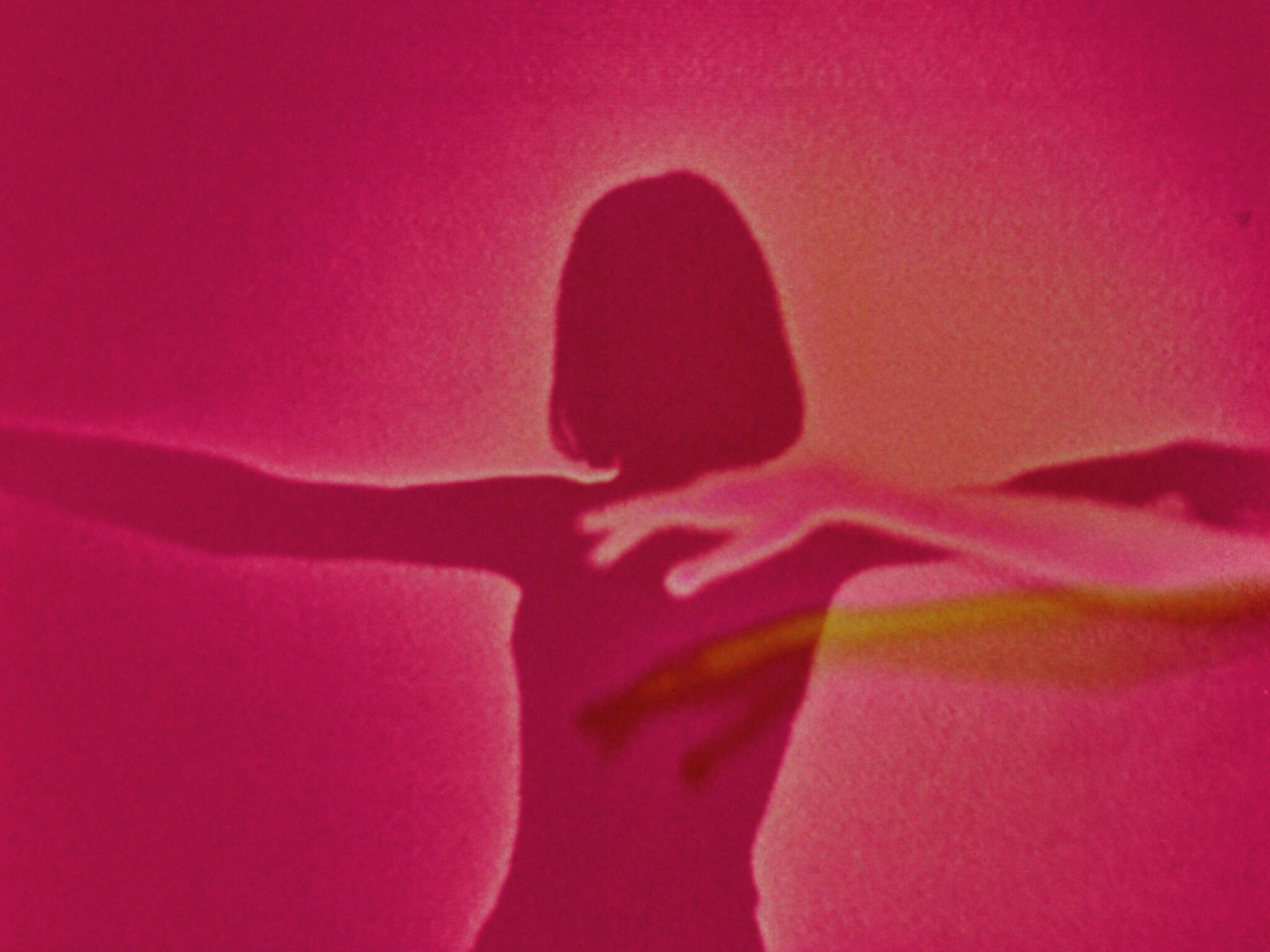
Film Form, 1968
16mm film and Digital transfer, color, sound
Edition of 6 plus II AP
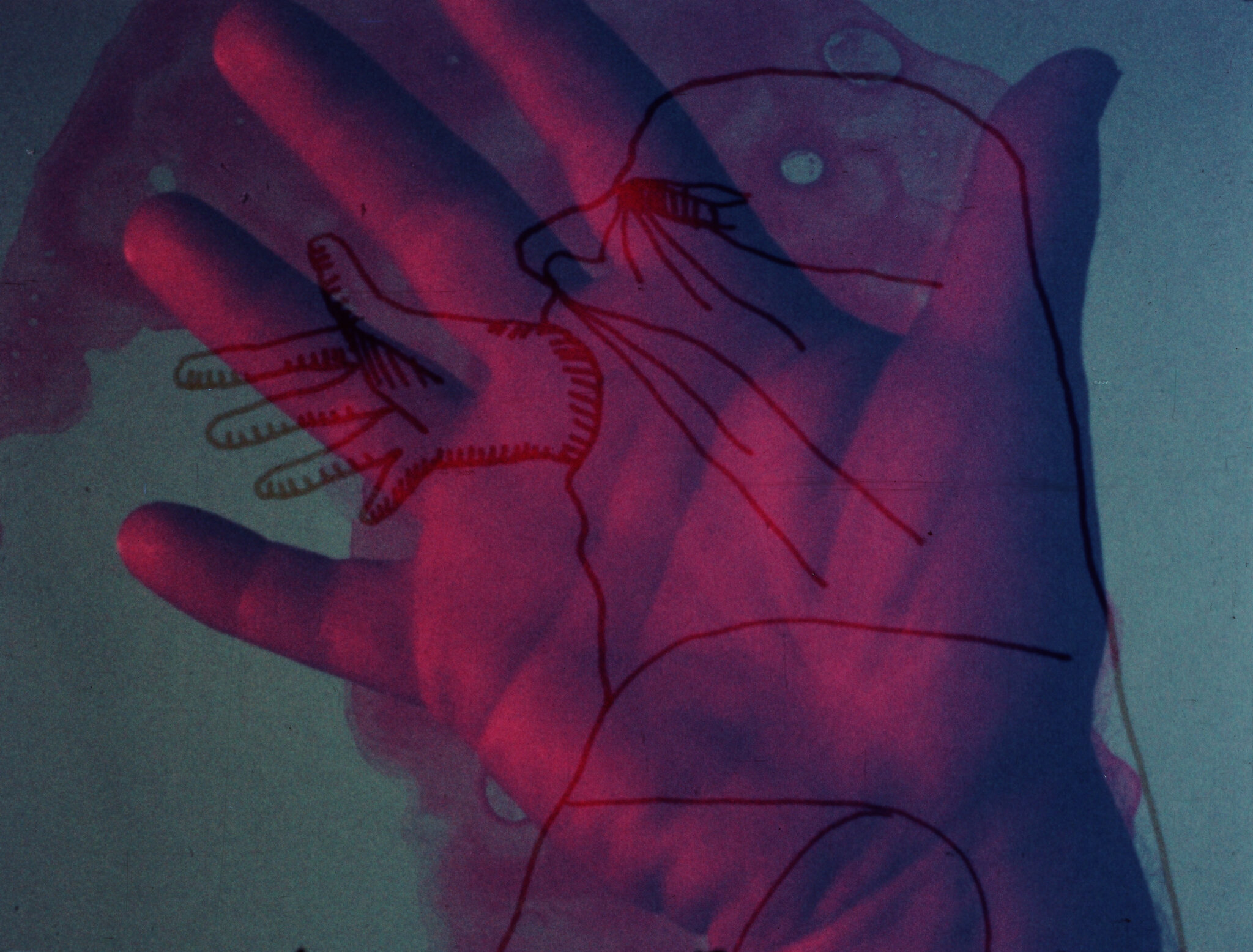
Oh!, 1968
16mm film and Digital transfer, color, sound
Edition of 6 plus II AP
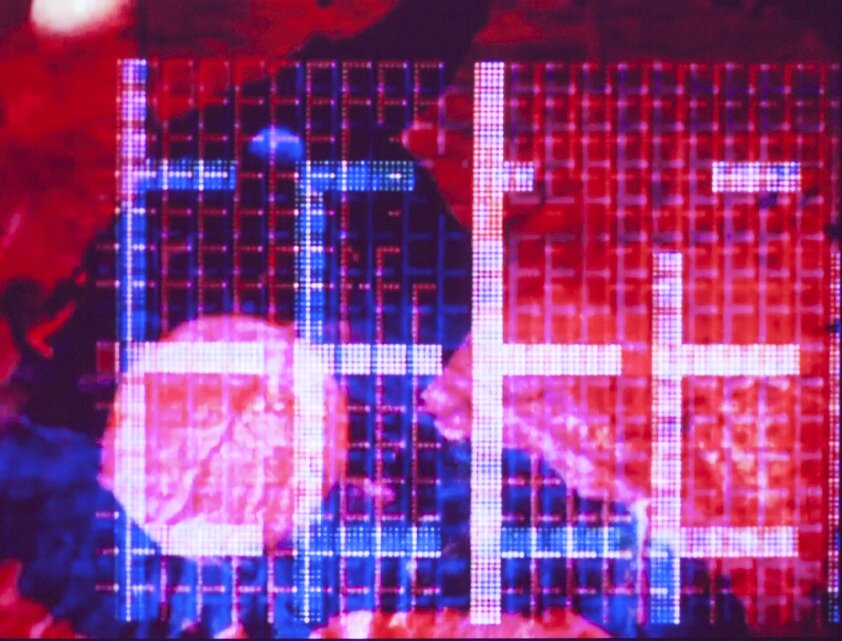
Poemfield No. 5, 1968
16mm film and Digital transfer, color, sound
Realized with Ken Knowlton
Soundtrack: Computer generated
Edition of 6 plus II AP
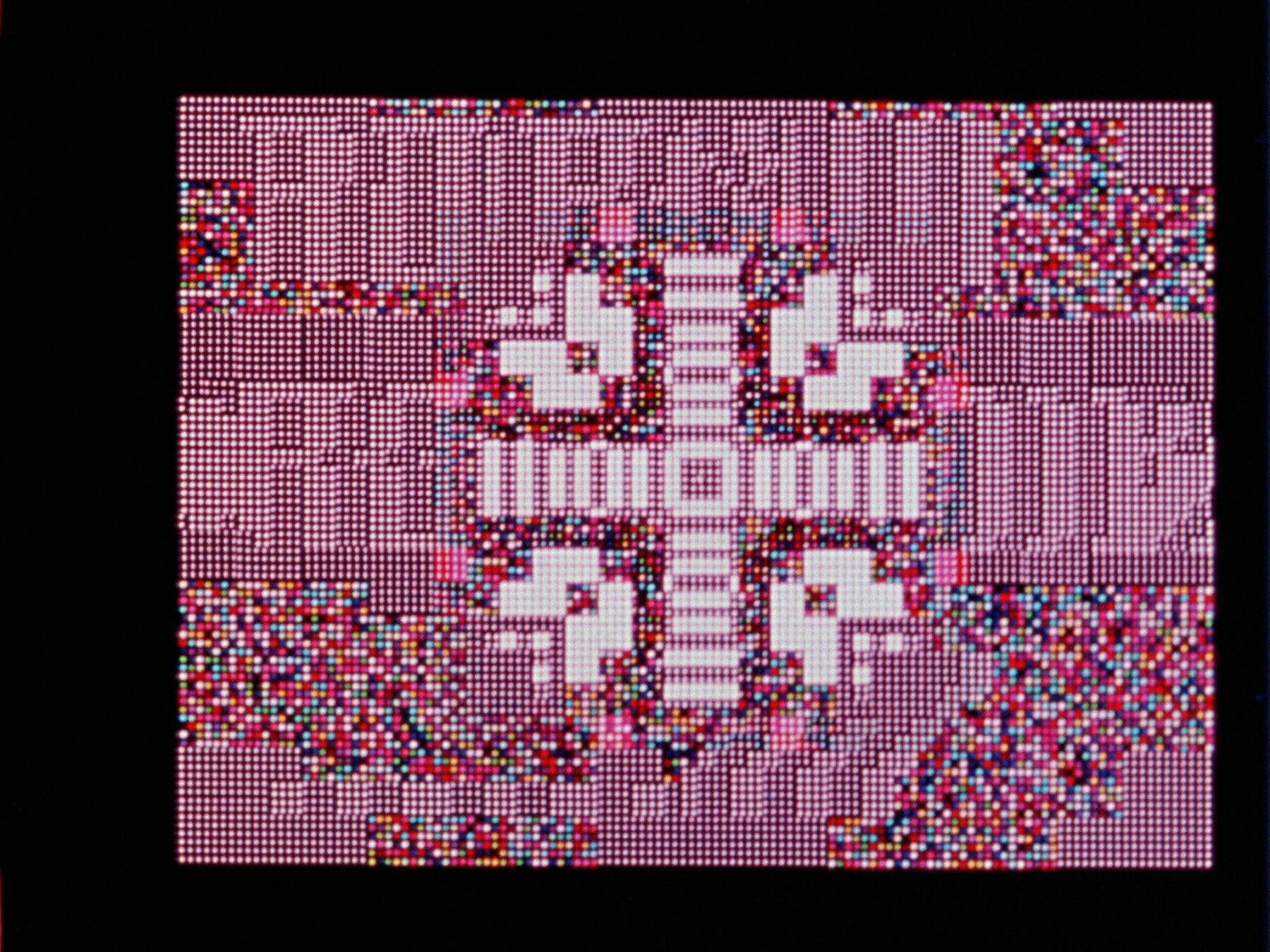
Poemfield No. 7, 1967-1968
16mm film OR 16mm film transferred to high definition videoRealized with Ken Knowlton
Soundtrack: John Cage
Edition of 6 plus II AP
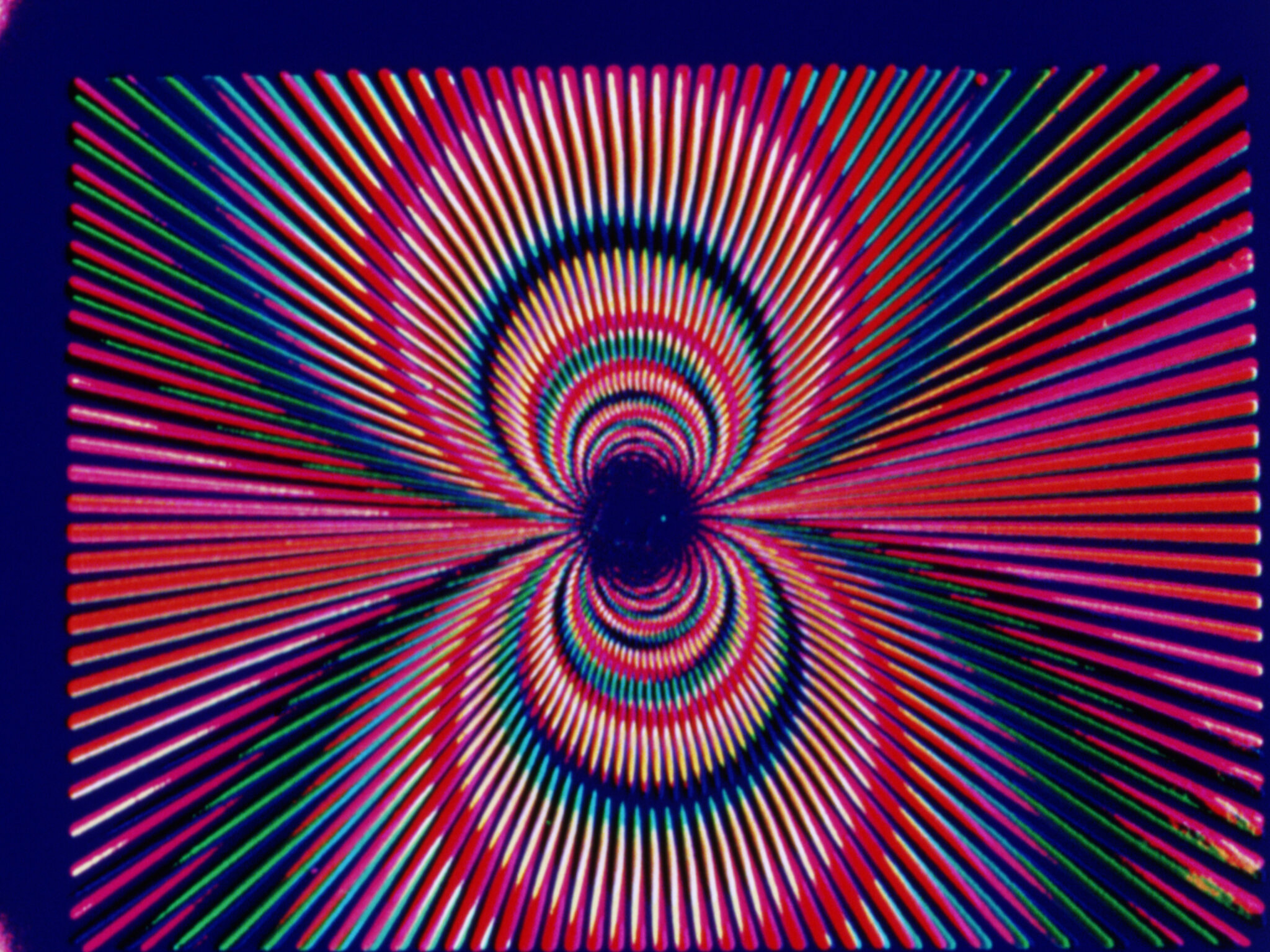
Moirage, 1967
16mm film and Digital transfer, color, sound
Realized with Gerald Oster
Soundtrack: Paul Motian
Edition of 6 plus II AP
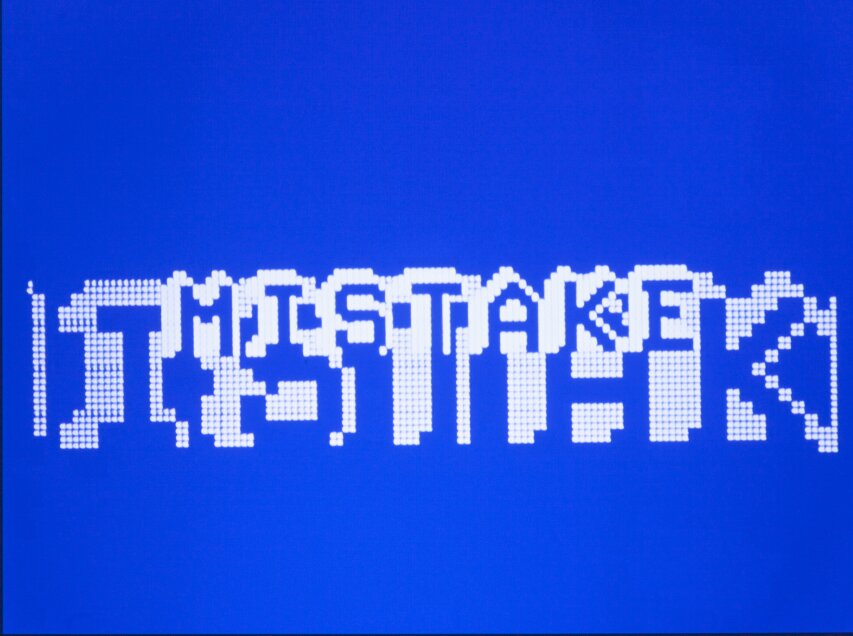
Poemfield No. 1 (Blue version), 1967
16mm film and Digital transfer, color, silent
Realized with Ken Knowlton
Edition of 6 plus II AP
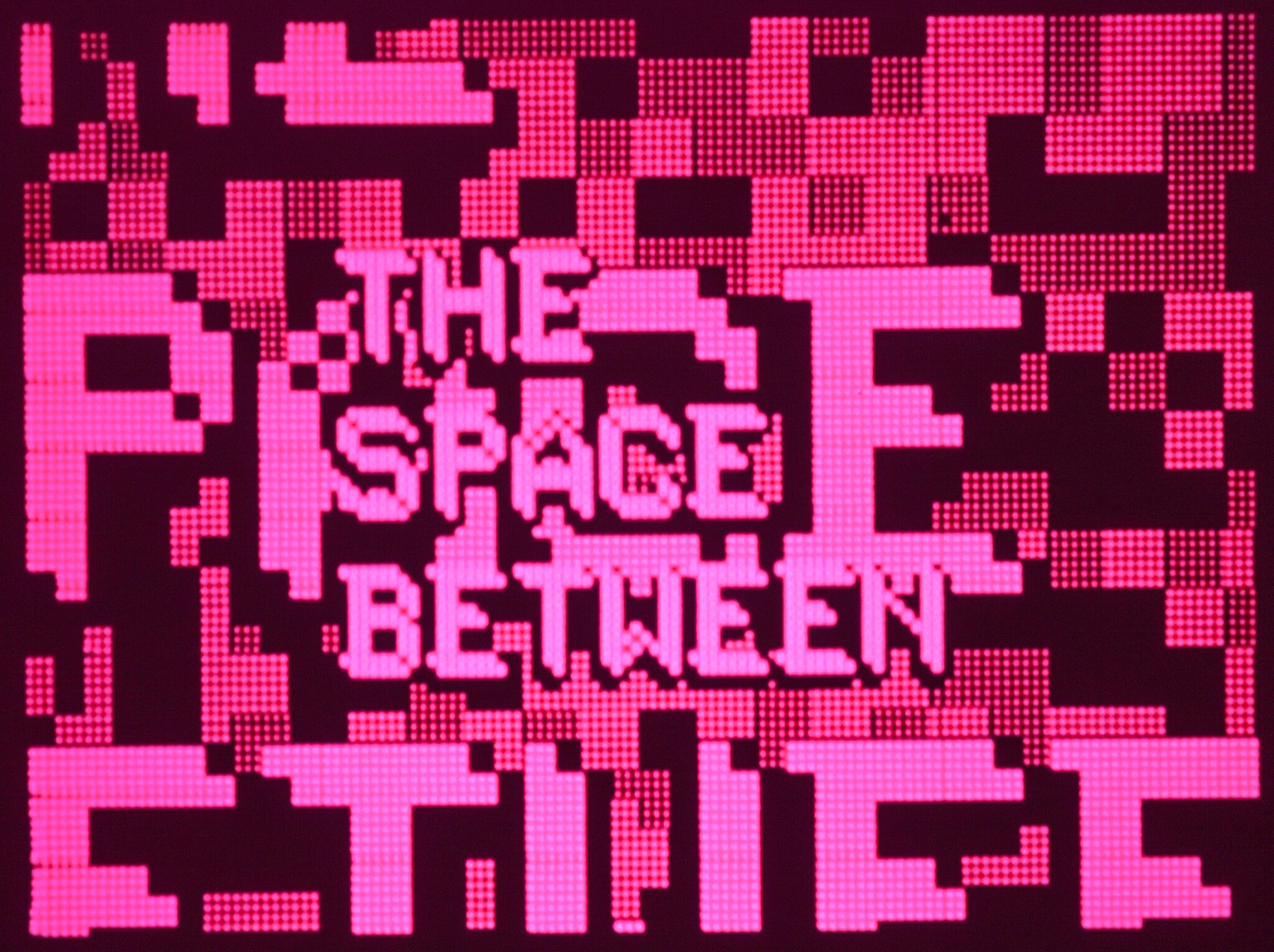
Poemfield No. 1 (Blue version with full color), 1967
16mm film and Digital transfer, color, silent
Realized with Ken Knowlton
Edition of 6 plus II AP
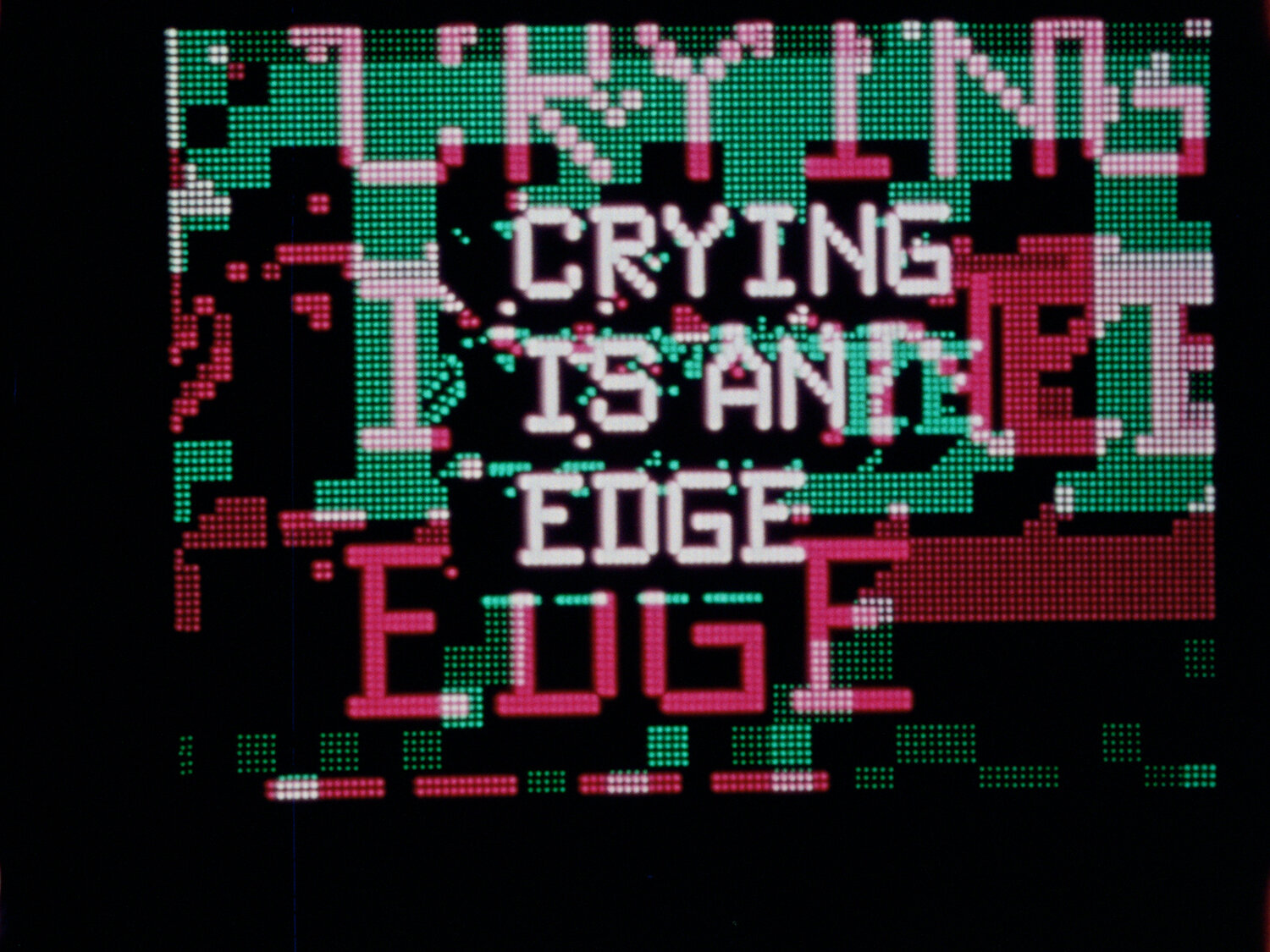
Poemfield No. 3, 1967
16mm film and Digital transfer, color, silent
Realized with Ken Knowlton
Edition of 6 plus II AP
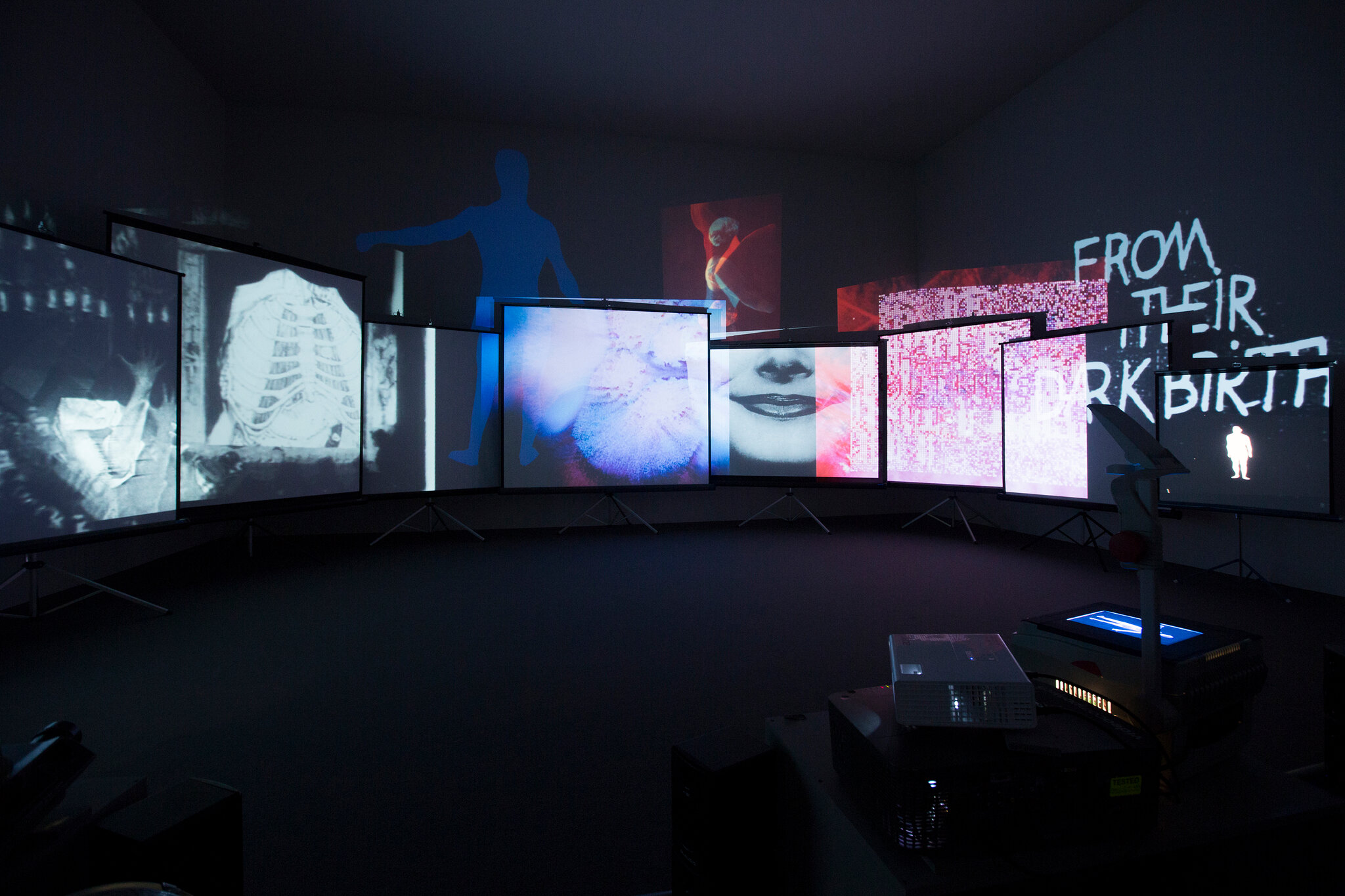
Movie Mural, 1965-1968
16mm film and 70mm slides transferred to digital video, 35mm
slides, and overhead projection for 9 portable tripod projection
screens
Edition of 3 plus II AP
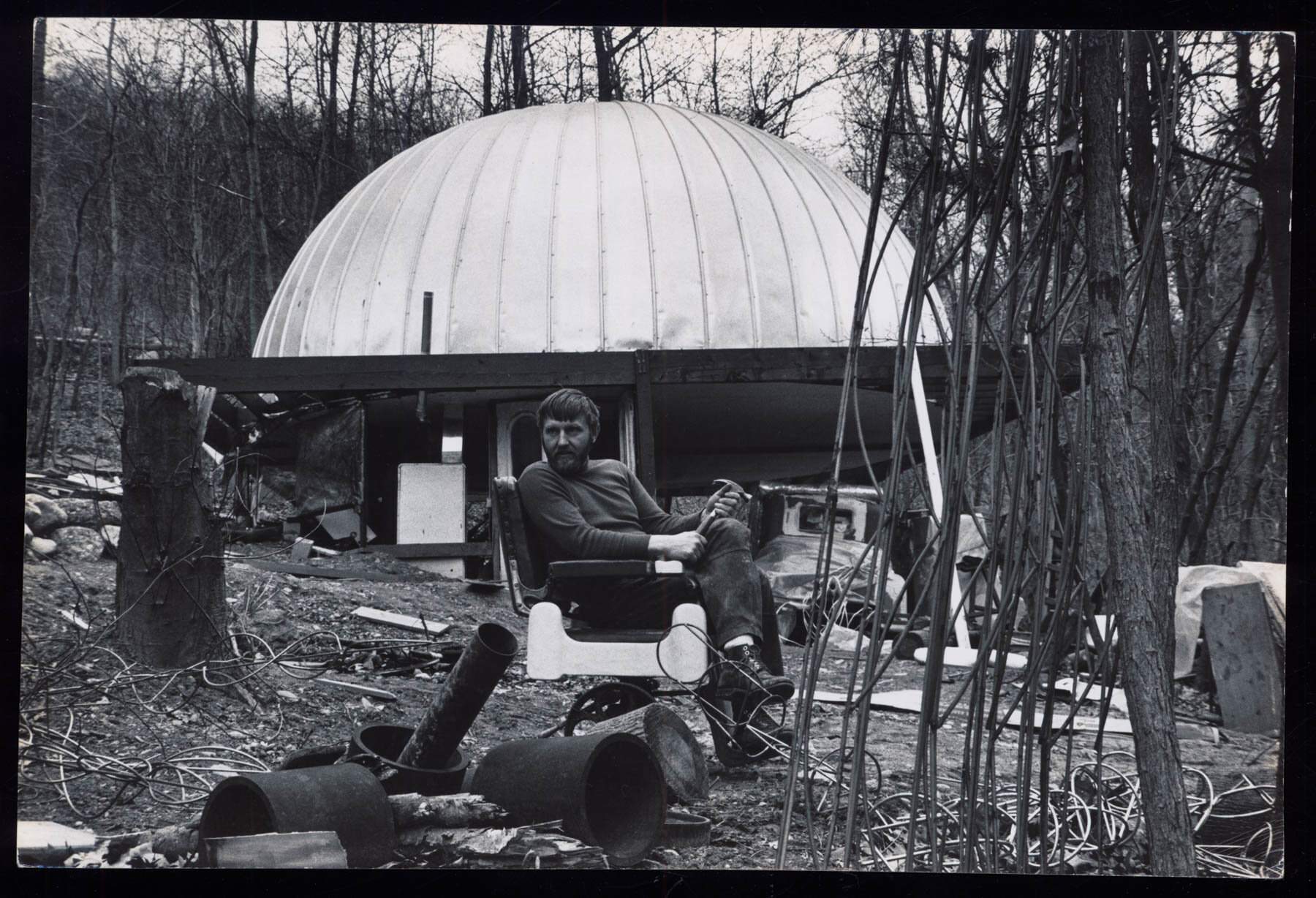
Movie-Drome, 1965
Multimedia audio-visual installation for dome theatre
Edition of 5 plus II AP
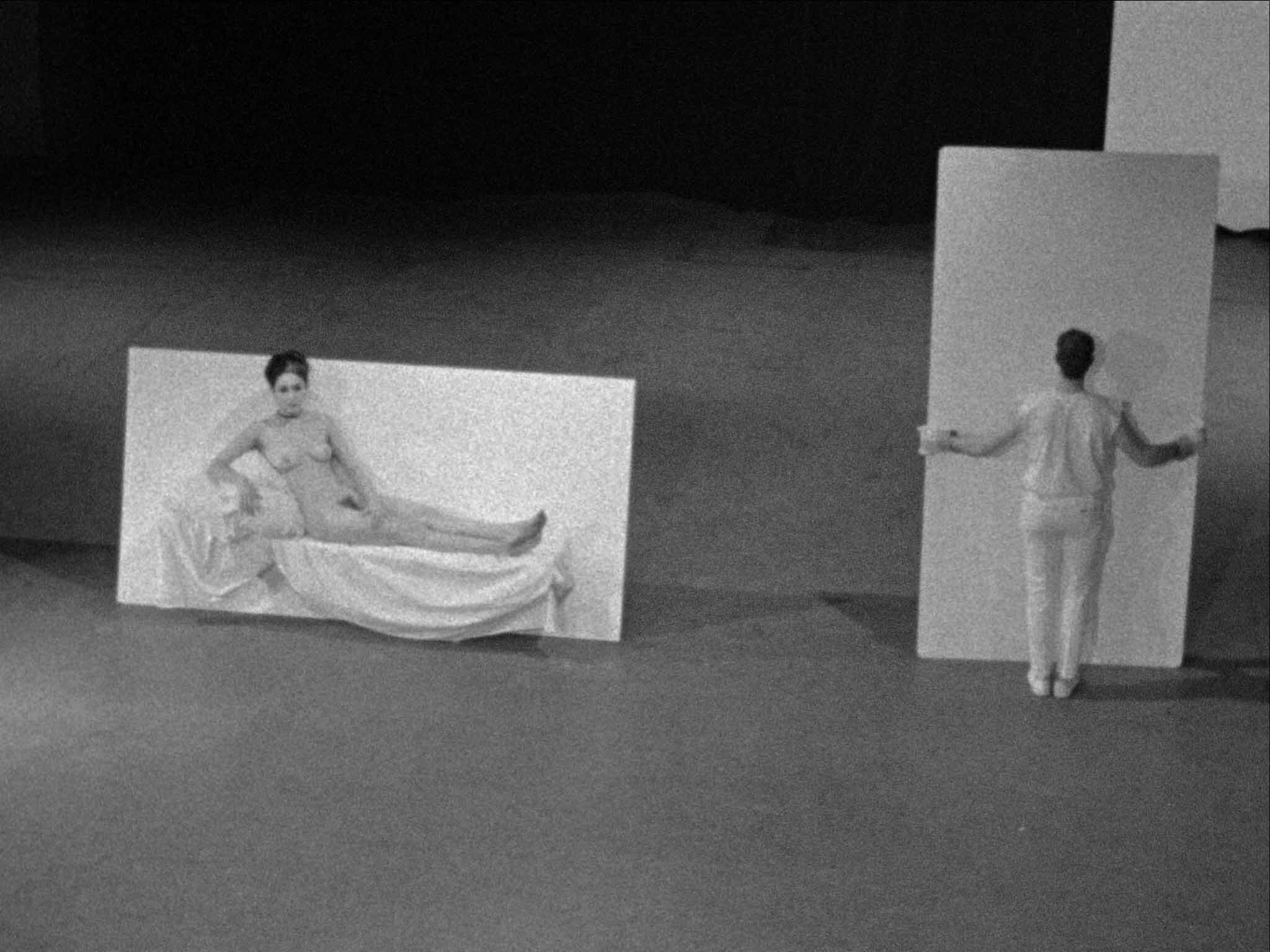
Site, 1965
3 screen installation. 16mm film and 16mm film transferred to digital.
Edition of 3
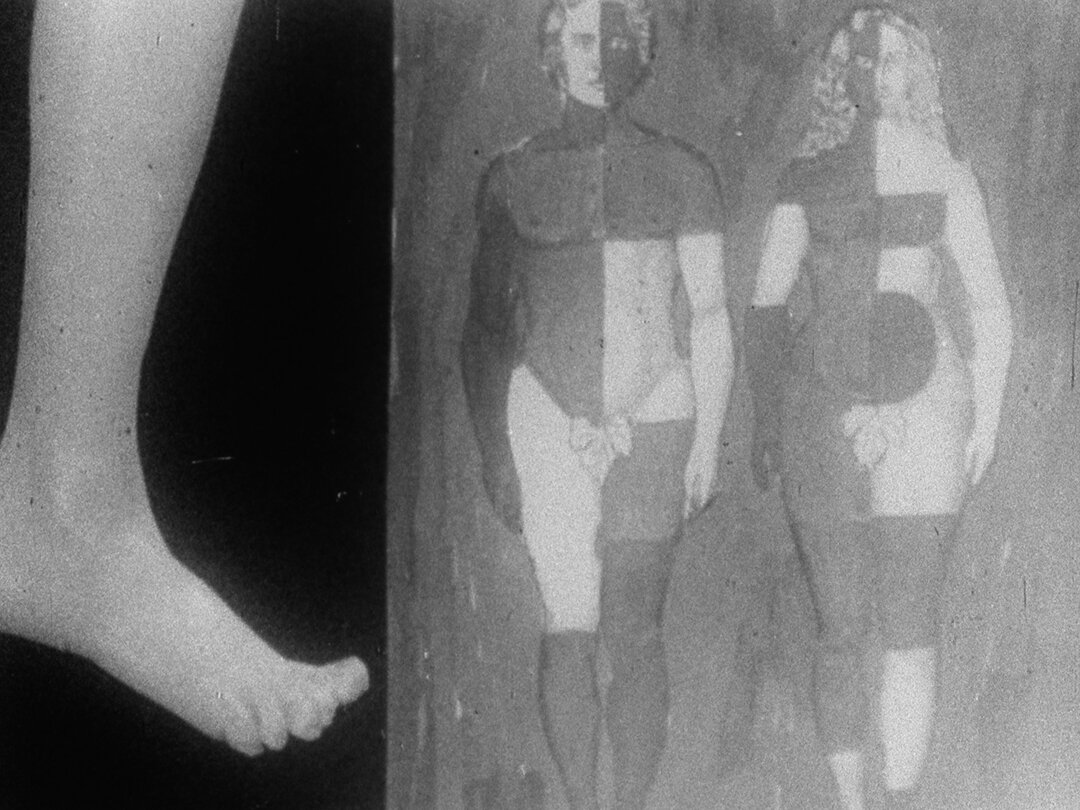
A Dam Rib Bed, 1964-1965
16mm film and Digital transfer, black and white, silent
Edition of 6 plus II AP
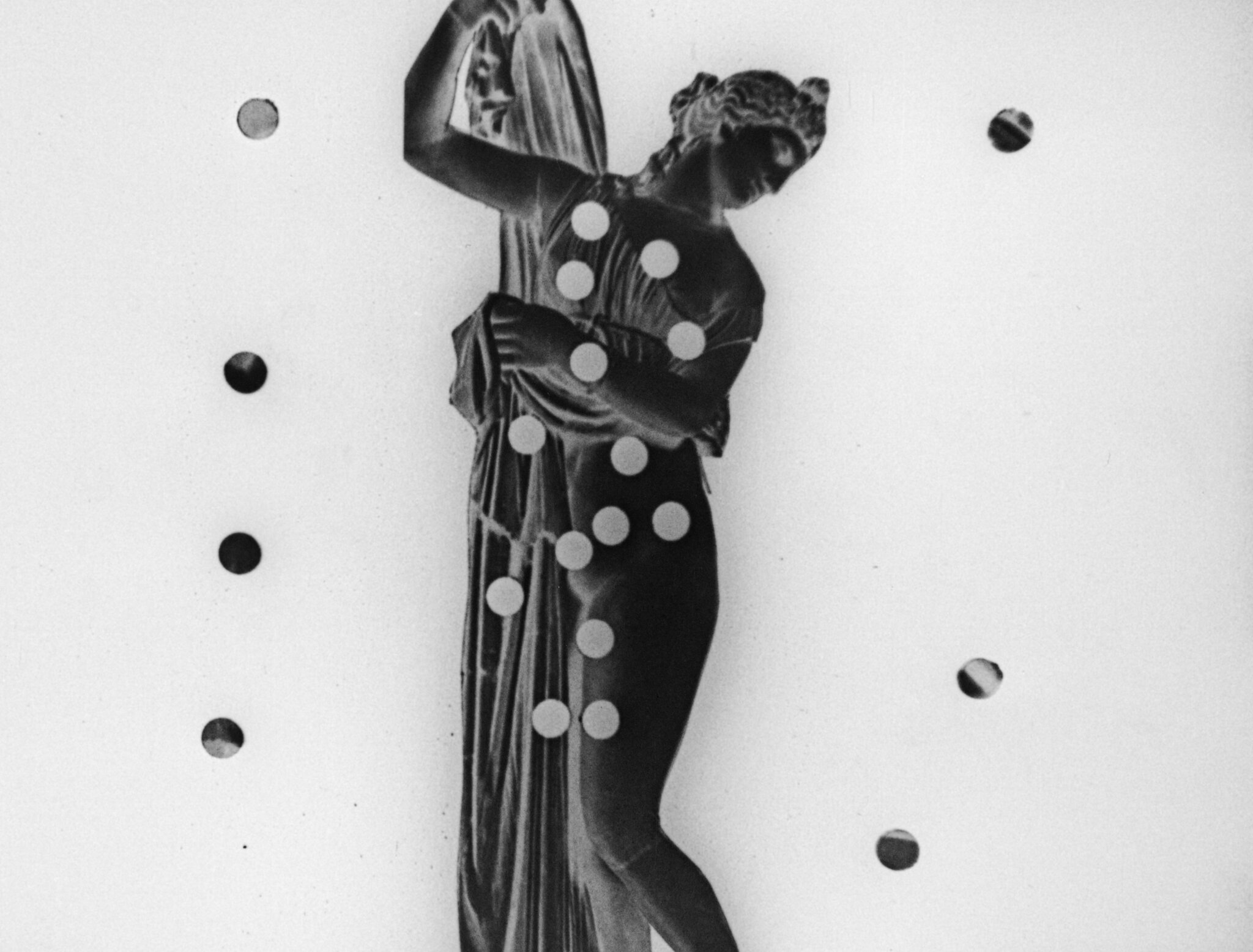
BreathDeath, 1963
35mm film and Digital transfer, black and white, sound
Realized with Johanna Vanderbeek
Soundtrack: Jay Watt
Edition of 6 plus II AP
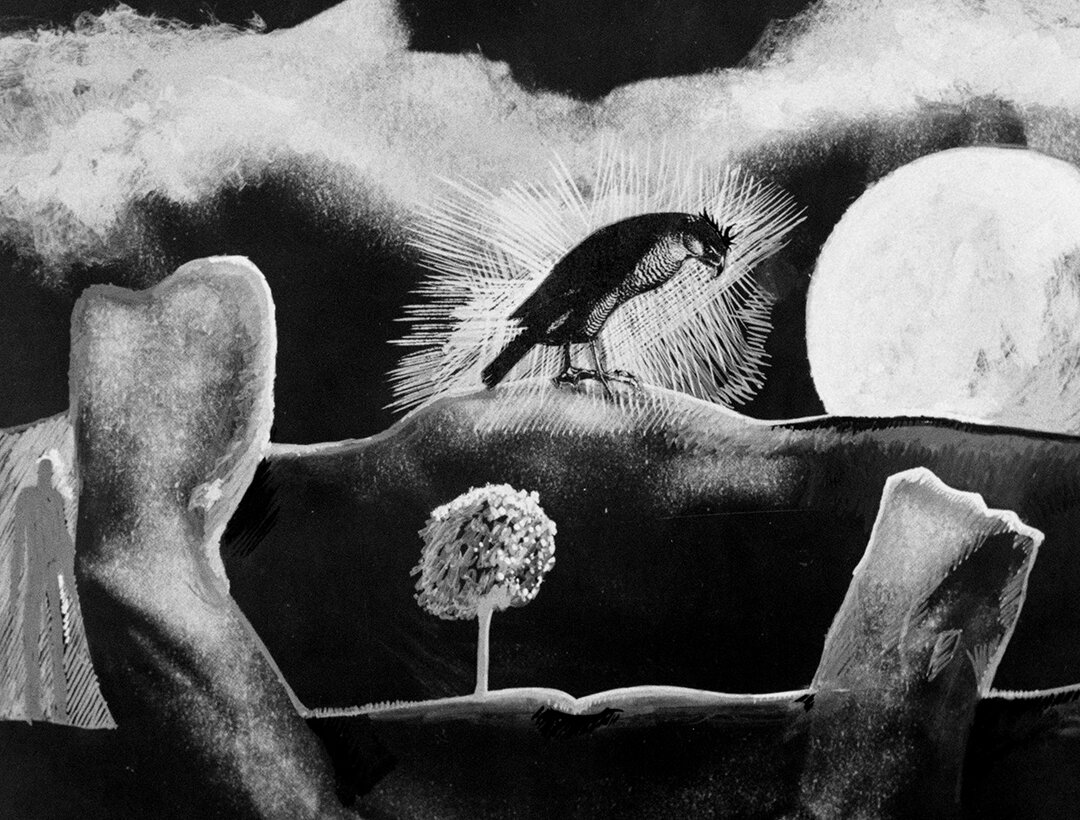
See Saw Seems, 1963
35mm film and Digital transfer, black and white, sound
Edition of 6 plus II AP
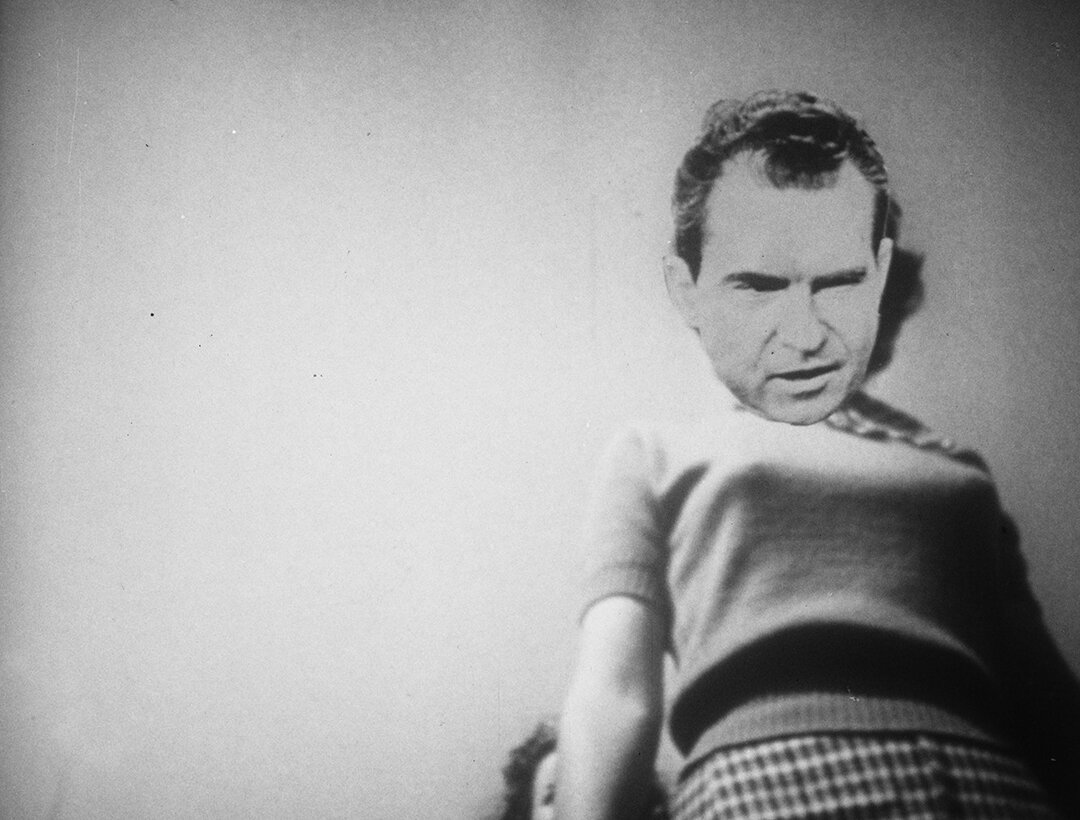
Skullduggery, 1960
35mm film and Digital transfer, black and white, sound
Edition of 6 plus II AP
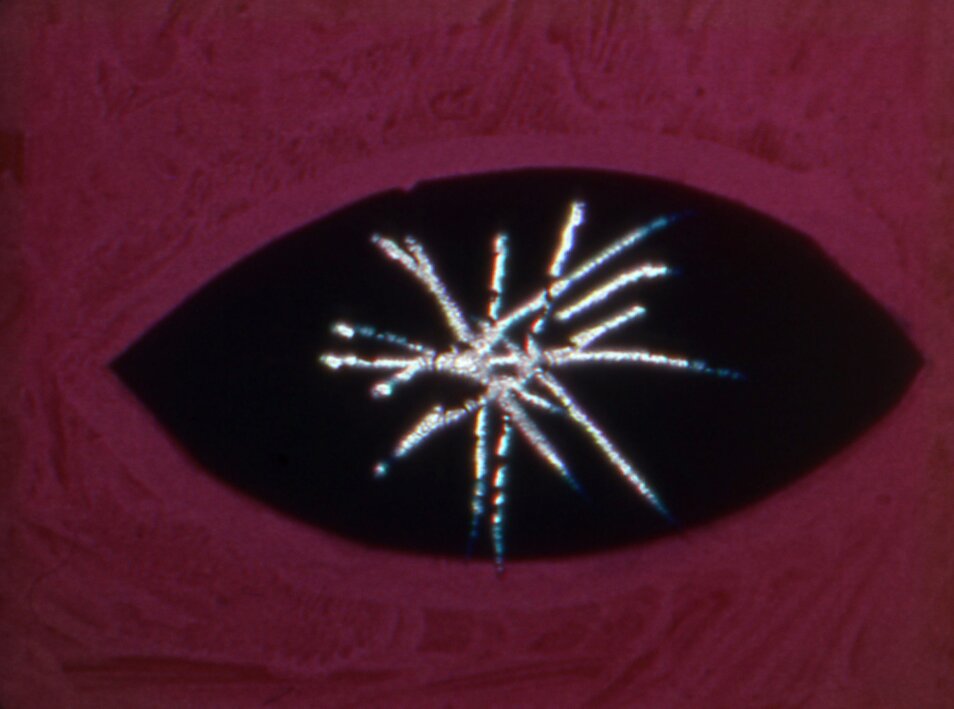
Astral Man, 1959
16mm film and Digital transfer, color, silent
Edition of 6 plus II AP
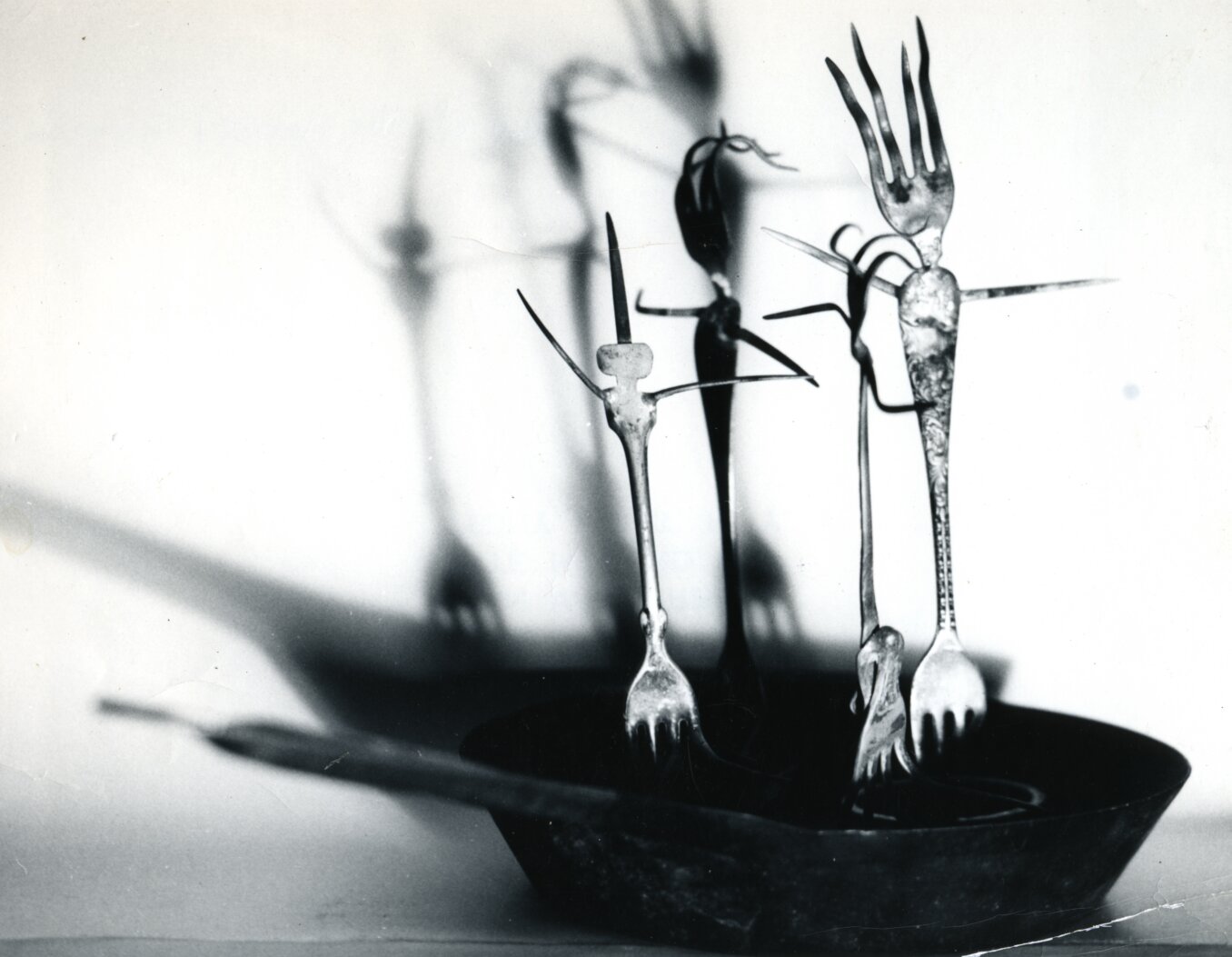
Dance of the Looney Spoons, 1959
16mm film and Digital transfer, black and white, sound
Realized with Johanna Vanderbeek.
Soundtrack: Jay Watt
Edition of 6 plus II AP
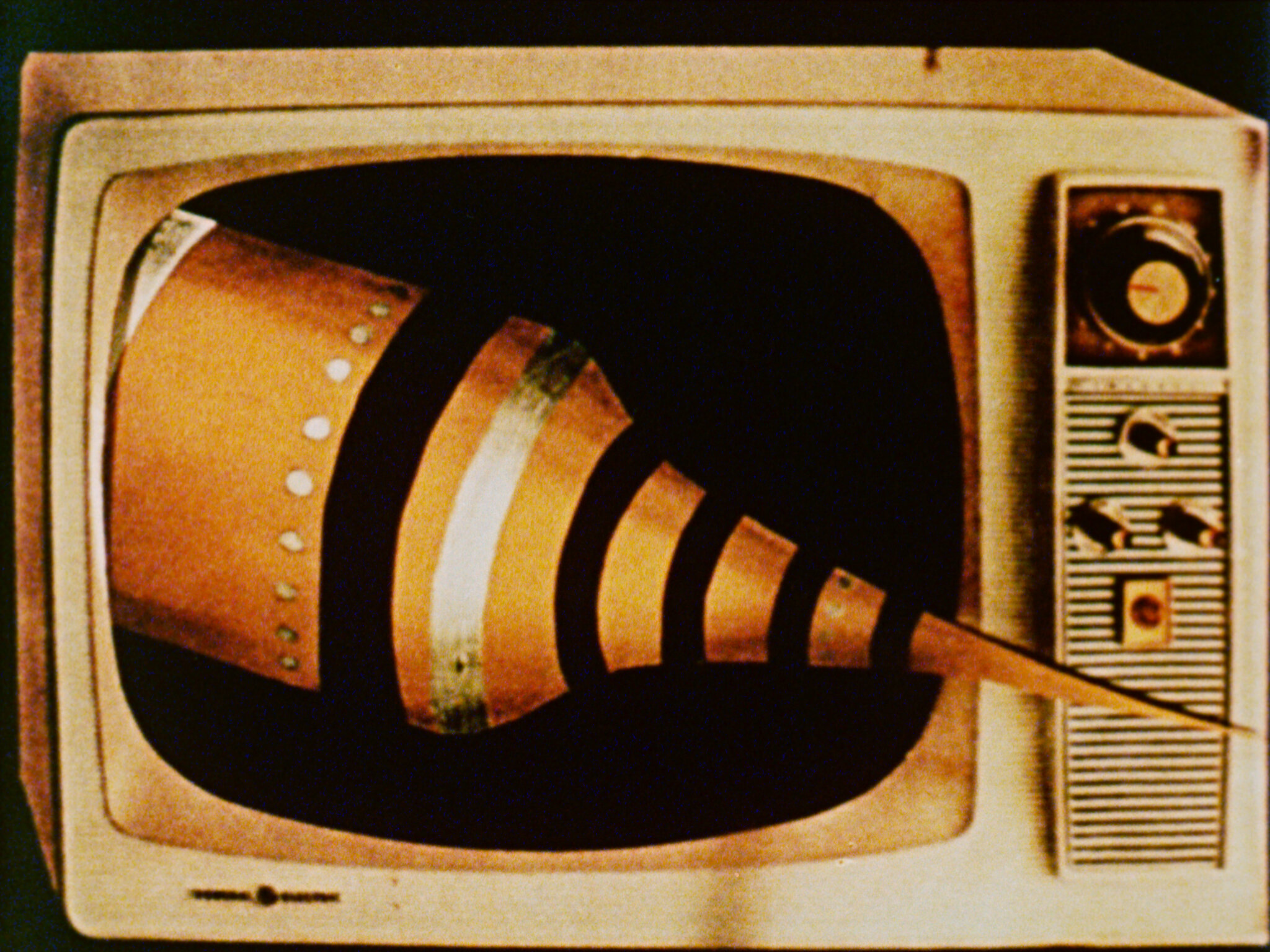
Science Friction, 1959
16mm film and Digital transfer, color, sound
Edition of 6 plus II AP
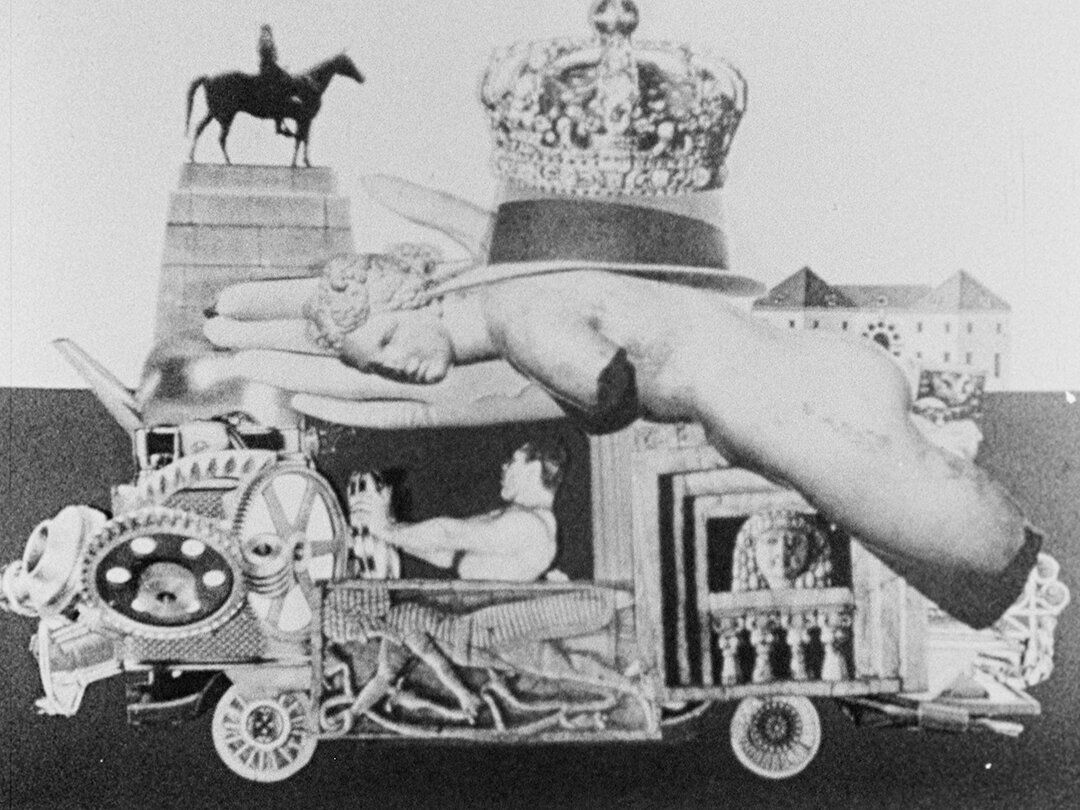
Wheeeels No. 1, 1958
16mm film and Digital transfer, black and white, sound
Edition of 6 plus II AP
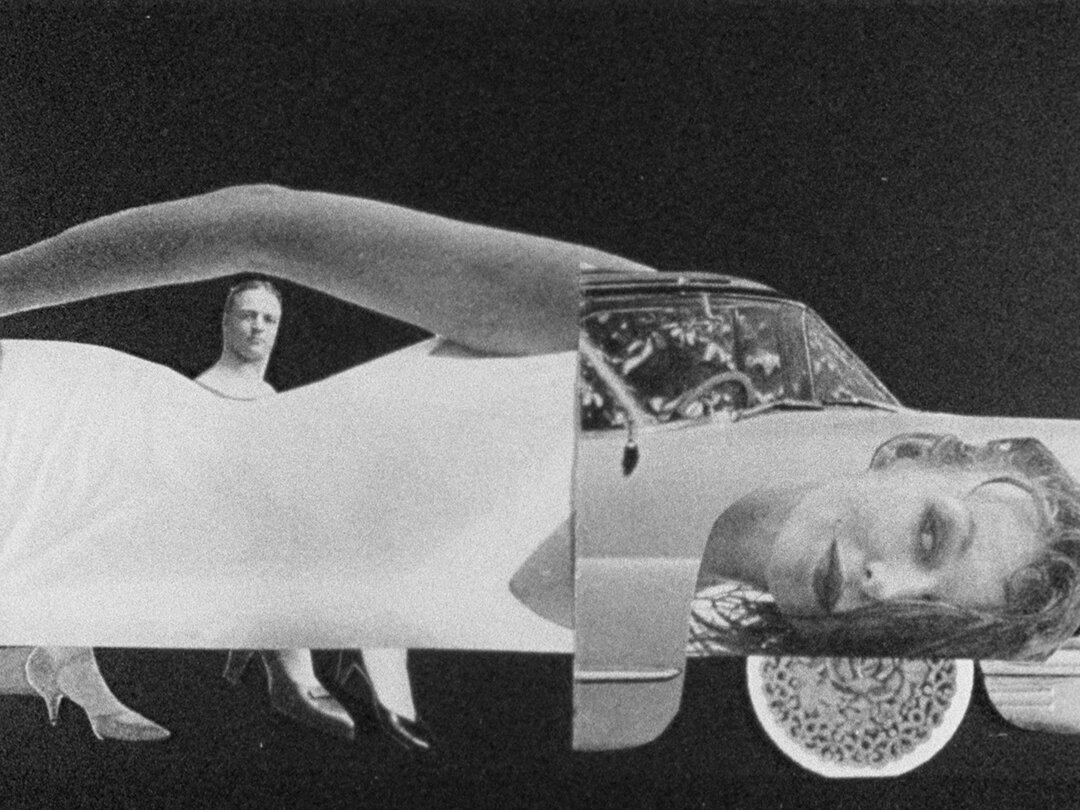
Wheeeels No. 2, 1958
16mm film and Digital transfer, black and white, sound
Edition of 6 plus II AP
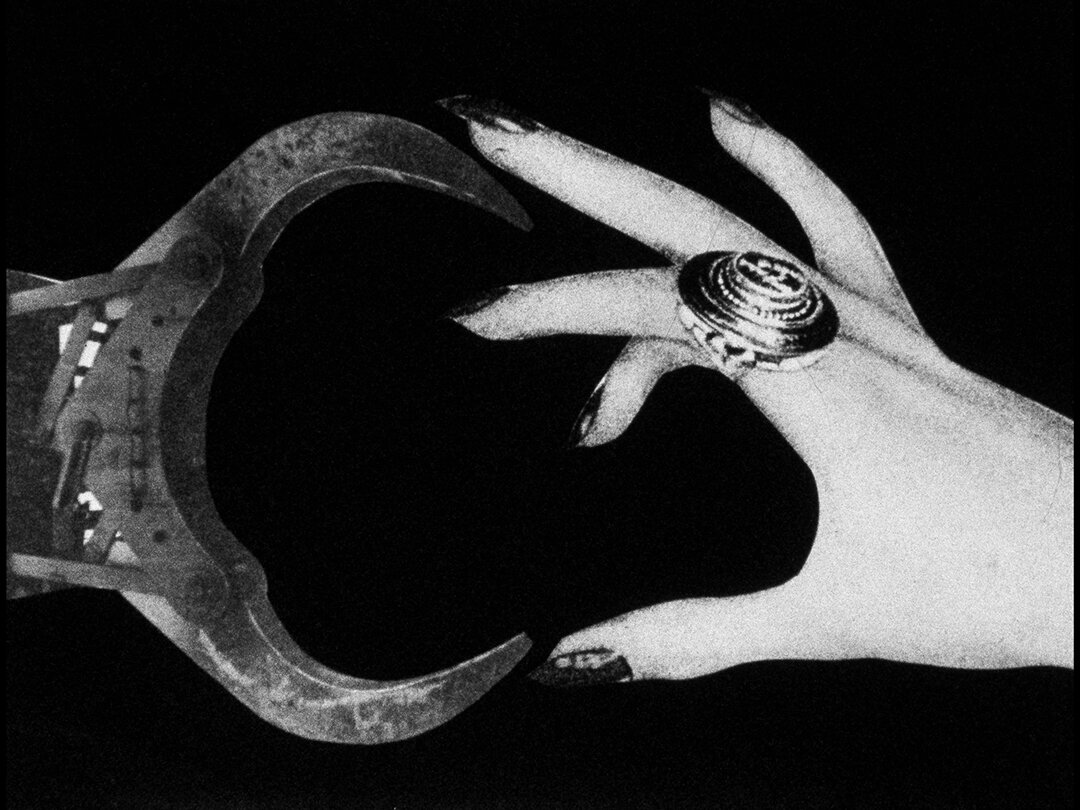
What Who How, 1957
16mm film and Digital transfer, black and white, sound
Edition of 6 plus II AP
Exhibitions
Biography
Stan VanDerBeek (1927-1984) was a prolific multimedia artist known for his pioneering work in experimental film and art and technology. Born in Bronx, NY, he studied at The Cooper Union for the Advancement of Science and Art, New York (1948-1952), and Black Mountain College, Asheville, NC (1949-1951). He lived in Baltimore until his death in 1984.
During his lifetime he was the recipient of numerous grants and awards including a Ford Foundation Grant for Experimental Films (1963-1964); Rockefeller Grant for Experimental Films and Studies in Nonverbal Communication (1967-1968); National Endowment for the Arts Grant for Experimental Film and Video (1977-1978); Guggenheim Fellowship (1979); National Endowment for the Arts Individual Artist Grant for Computer Animation Research (1981-1982); and awards at Bergamo Film Festival (1960); Oberhausen Film Festival (1961); Expo ’67. Montreal (1967); and Mannheim Film Festival (1968), among others.
From 1969-1970 he was artist-in-residence at WGBH-TV in Boston, MA under a Rockefeller Grant for Studies in Experimental Television simultaneously with a Fellowship at the Center for Advanced Visual Studies at MIT in Cambridge, MA.
Various projects included the construction of Movie-Drome an audio-visual laboratory for simultaneous projection, at Gate Hill Coop, Stony Point, NY (1964-1966); Computer Animation Series at Bell Telephone Laboratory in Princeton, New Jersey (1964-1968); Violence Sonata, a live theatre event for two television channels produced as an artist-in-residence at WGBH, Boston MA (1969-1970); Panels for the Walls of the World, a fax mural made as one of the first artist-in-residence at MIT’s Center For Advanced Visual Studies, Cambridge, MA (1969-1970); Cine-Dreams, an overnight multimedia presentation for planetarium, Rochester, NY (1972); and Steam Screens, projections onto Joan Brigham steam installation, Whitney Museum of American Art, New York, NY (1979).
VanDerBeek's filmography includes over one hundred experimental and innovative 16mm and 35mm films and videos in black and white and color spanning collage, animation, computer graphics, live action, performance documentation, found footage, and newsreels. Retrospective film screenings during his lifetime were hosted by the Museum of Modern Art, NY (1968); Whitney Museum of American Art, NY (1970); Film Forum, NY (1972); Anthology Film Archives (1977); The American Film Institute Theatre at the John F. Kennedy Center, Washington, DC (1979). Multimedia presentations were held at venues including Lincoln Center, Philharmonic Hall, NY (1965); Guggenheim, NY (1980); Whitney Museum of American Art, NY (1979); Walker Art Center, Minneapolis (1981); Tokyo, Japan (1969); Athens, Greece (1970); and Shiraz-Persepolis Art Festival, Iran (1971).
He collaborated on projects with many peers including John Cage, Merce Cunningham, Nam June Paik, Kenneth Knowlton, Paul Motian, Claes Oldenburg, Gerald Oster, Sonia Sheridan, Elaine Summers, and Robert Brown and Frank Olvey, among others. VanDerBeek also published his own writing such as his manifesto, "Culture: Intercom and Expanded Cinema, a Proposal" (1966) in publications such as Film Culture, Tulane Drama Review, and Art in America. He has been the subject of many reviews in publications such as Artforum, Art in America, Film Culture, Frieze, The New York Times, and The Village Voice. Books published on VanDerBeek include "The Experience Machine" by Gloria Sutton (2015: MIT Press); and "Stan VanDerBeek: The Culture Intercom" (2012: MIT List Visual Arts Center and CAMH).
VanDerBeek taught at various universities including Columbia University, New York (1963-1965); SUNY Stony Brook (1967-1973); and University of Maryland Baltimore County (1975-1984). He became the Chair of the Visual Arts Department at UMBC in 1983 and founded an art and technology center at UMBC called the Image Laboratory in 1984. He also presented multimedia projects around the world as a film artist-in-residence at universities such as University of Southern California (1967); University of Illinois (1967); Colgate University (1968); University of Wisconsin-Milwaukee (1970); University of Hawaii (1971); and University of South Florida (1972-1975), among others. He was a computer artist-in-residence at Pennsylvania State University (1982) and KET, Lexington, KY (1983) and had a residency at NASA, Houston, TX (1979).
Past exhibitions include New Media-New Forms, Martha Jackson Gallery, New York (1960); Cinema Frontiers, AG Gallery, New York, NY (1961); Bewogen, Beweging, Stedelijk Museum, Amsterdam, The Netherlands (1961); Projected Art, Finch College Museum of Art, Contemporary Wing, New York, NY (1966); New American Cinema Group Exposition, Turin, Italy (1967); The New Vein: The Human Figure, 1963-1968, Organized by the National Collection of Fine Arts International Art Program, Washington, D.C. (1968); The Projected Image, Institute of Contemporary Art, Boston, MA (1968); The World of Stanley VanDerBeek, The Visual Arts Gallery, New York, NY (1968); Cybernetic Serendipity, Institute of Contemporary Arts, London, United Kingdom, traveled to Smithsonian Institution, Washington, DC (1968); Found Forms, Cross Talk Intermedia, Japan (1969); Explorations, MIT Hayden Gallery, Cambridge, MA and National Collection of Fine Arts, Smithsonian Institution, Washington, D.C. (1970); Information Center, Bienal de São Paulo with the MIT Center for Advanced Visual Studies, São Paulo, Brazil (1971); Multiple Interaction Team, MIT, Cambridge, MA (1972); Machine Art: An Exhibit of “InterGraphic” by Professor Stanley VanDerBeek, University of Maryland, Baltimore (1976); Stan VanDerBeek, CHAMBERS in nine parts and VAPORS SCREEN, part of the First Intermedia Art Festival Performance Series, The Solomon R. Guggenheim Museum, New York, NY (1980); Whitney Biennial, Whitney Museum of American Art, New York (1983); New American Video Art: A Historical Survey, 1967-1980, Whitney Museum of American Art, New York (1984); and Fluxus, etc.: The Gilbert and Lila Silverman Collection, Contemporary Art Museum, Houston, TX (1984).
Recent exhibitions that have featured VanDerBeek’s work include Beat Culture and the New America: 1950-1965, Whitney Museum of American Art, New York, NY (1996); 1960s Electric Arts: From Kinetic Sculpture to Media Environments, Seattle Art Museum, Seattle, WA (2005); Summer of Love: Art of the Psychedelic Era, Tate Liverpool, Liverpool, United Kingdom (2005); Stan VanDerBeek, Guild & Greyshkul, New York, NY (2008); Expanded Cinema: Activating the Space of Reception, Tate Modern, London, United Kingdom (2009); Amazement Park: Stan, Sara and Johannes VanDerBeek, The Frances Young Tang Teaching Museum and Art Gallery at Skidmore College, Saratoga Springs, NY (2009); Gwangju Biennale 2010, 10000 Lives, Gwangju, South Korea (2010); Stan VanDerBeek: The Culture Intercom, MIT List Visual Arts Center, Cambridge, MA and Contemporary Arts Museum Houston (2011); Ghosts in the Machine, New Museum, New York, NY (2012); Xerography, firstsite, Essex, United Kingdom (2013); Venice Biennale (2013); Leap Before You Look: Black Mountain College, 1933-1957, Institute of Contemporary Art, Boston (2015); Dreamlands: Immersive Cinema and Art, 1905-2016, Whitney Museum of American Art, New York, NY (2016); Merce Cunningham: Common Time, Walker Art Center, Minneapolis, MN (2017); Delirious: Art at the Limits of Reason, 1950-1980, The Met Breuer, New York, NY (2017); Thinking Machines: Art and Design in the Computer Age, The Museum of Modern Art, NY (2017); Judson Dance Theater: The Work is Never Done, The Museum of Modern Art, New York (2018); Art in Motion, ZKM Center for Art and Media, Karlsruhe, Germany (2018); Bauhaus Imaginista, Haus der Kulturen der Welt, Berlin, Germany (2019); In the Vanguard: Haystack Mountain School of Crafts, 1950-1969, Portland Museum of Art, Maine (2019); Private Lives Pubic Spaces, The Museum of Modern Art, New York (2019); Immortality: 5th Ural Industrial Biennial of Contemporary Art, Ekaterinburg, Russia (2019); VanDerBeek + VanDerBeek, Black Mountain College Museum + Arts Center, Asheville, NC (2019); CONSOLAS: Democracia para la imagen digital (1972-2003), ETOPIA_Centre for Art and Technology, Zaragoza, Spain (2020); Coded: Art Enters the Computer Age, 1952–1982, Los Angeles County Museum of Art, CA and Signals: How Video Transformed the World, The Museum of Modern Art, New York (2023).
VanDerBeek’s work can be found in numerous public collections including the Museum of Modern Art, New York, NY; Whitney Museum of American Art, New York, NY; Walker Art Center, Minneapolis, MN; Art Institute of Chicago, IL; Los Angeles County Museum of Art, CA; Centre Pompidou, Paris, France; Museo Nacional Centro de Arte Reina Sofia, Madrid, Spain.